The article below answers the following questions: Must the surface be 100% smooth before applying quality whiteboard paint? How long does the paint take to dry? How soon will the paint arrive? Does it erase very well? How do I clean whiteboard painted walls? Can whiteboard paint be applied the same way as regular paint? How long do you have to use whiteboard paint after mixing it? Do I have to use a primer first? What’s the best base coat to use underneath my whiteboard paint? What other base coats work with whiteboard paint?
Must the surface of the whiteboard painted wall be 100% smooth?
Yes, it needs to be perfectly smooth. It’s especially important to avoid what is known as “orange peel walls,” which have a rough texture with many tiny peaks and valleys like those on an orange peel, thus the name. This effect is generally produced to make a wall noticeable and to give it some “character.” However, the orange peel texture needs to be removed from your walls before quality whiteboard paint can be applied. This can be done by sanding with 240-grit sandpaper, or by spreading a layer of joint compound, also known as drywall mud, over the walls to fill in the irregularities and then sand afterward, thus producing a uniform surface. Regarding this process, one of our satisfied customers says, “I chose to put two skim coats of drywall joint compound on first and sand that to a smooth finish. Then two coats of ReMarkable Base Paint. It worked great. Finally, the ReMarkable coating went on as easy as pie.”
Your surface also needs to be covered with a suitable base paint. We recommend our top-quality ReMARKable tintable base coat/primer for this purpose, as it is specifically formulated for use with the clear and white varieties of our whiteboard paint.
How long does it take for whiteboard paint to dry?
A quality whiteboard painted surface is dry to the touch in eight hours, and you can write or draw on it after just 48 hours from the time of application, in contrast to the four-to-seven-day wait required for low-end whiteboard paints. Customers have commented that the greatest appeal of our premium whiteboard paint is its extremely rapid dry time, which can allow you to have a usable whiteboard surface in as little as one business day. This feature of our premium whiteboard coatings saves you time, money, and frustration because you don’t have to experience a long delay before getting back to work once your whiteboard surfaces are ready to write on.
How soon will my whiteboard paint arrive?
High-end whiteboard paint is shipped by the following business day after the order is placed, so, for example, if you order your paint on a Monday it will be shipped out no later than Tuesday. Our rapid shipping policy allows you to avoid the stress of waiting long to complete your whiteboard paint installation, so that you can begin reaping the countless benefits of having a huge, highly durable, easily erased, and non-yellowing surface to work on. This is especially important for whiteboard paint users who have regularly scheduled meetings that urgently need a larger writing and drawing surface than the one they have to expedite idea generation, information transfer, and the like.
Does whiteboard paint erase very well?
Our top-quality whiteboard paint erases exceptionally well. You just need to make sure that you follow the application instructions carefully before and while you apply our paint to guarantee an easily erased and extremely durable surface. It’s also essential to precisely follow the cleaning and care instructions included with the product to ensure that your whiteboard coated surface stays new-looking, immaculate, and easy to erase for ten or more years of regular use.
How do I clean whiteboard painted walls?
We recommend using a microfiber cloth for erasing as opposed to your typical dry-erase board eraser. Dry erase marker ink becomes completely trapped in the super-fine fibers of microfiber fabric, which leads to extremely quick and precise erasing of all dry-erase ink, even on large surfaces such as whiteboard painted walls.
Can whiteboard paint be applied the same way as regular paint?
No, our industrial-grade whiteboard paint is a surface coating. It’s still pretty easy to apply, but it is different from regular interior house paint. For example, whiteboard paint needs to be applied in one even pass with your microfiber roller and should never be given multiple passes as you would do in applying house paint. Also, you should avoid trying to “stretch” whiteboard paint out to prevent runs and drips because doing so will cause a rough, irregular surface that shows tiny dots when written or drawn on with a dry erase marker and then erased.
How long do I have to use whiteboard paint after mixing Part A and B?
After mixing part A and part B you have to begin applying the paint immediately and be finished with your project within 40-45 minutes, the so-called “pot life” of the product, the period during which coatings or paints with multiple parts can be successfully applied. This period starts when the parts are thoroughly blended and ends when the mixture has coagulated and can no longer be used. If you pay close attention to your timing you can ensure that your premium whiteboard painted surface will have the excellent durability and ready erasability that it should have. However, if you go beyond the paint’s designated 40-45 pot life and continue applying the product you’ll produce an unsuitable surface that may not erase well.
Do I need to use a primer before applying whiteboard paint?
In some situations, yes, depending on the color, texture, and absorptiveness of the surface you’re starting out with. For example, if you plan to apply our premium whiteboard paint to raw drywall or bare wood, you will need to apply a primer to seal these surfaces first because they’re highly absorptive. However, it’s important to check the ingredients of the primer you plan to use and make sure that it does not contain the chemical polyvinyl acetate (PVA), which can have an adverse chemical reaction with our Tintable Base Paint. Other ingredients to be on the lookout for are antimicrobials, and chemicals that fight against mildew and foaming, among others. It’s best to check the FAQ section of our website for a listing of these chemicals or call our customer support team for the most up-to-date information.
What’s the best base coat to use underneath my whiteboard paint?
Our high-quality tintable base paint/primer combination is designed specifically to prepare your surface for the application of our whiteboard paints, so it’s the product that we always recommend above other types of base coats. This premium base paint was formulated after years of extensive laboratory studies on precisely the type of undercoat needed to act as a substrate for our whiteboard coatings and is specially made for this application. So, to prevent bubbling, soaking of the topcoat into the base coat, and other issues that might arise from using incompatible base coats, it’s best to be safe and apply our Tintable Base Paint as the substrate for your whiteboard coated surface.
The essential merits of our Tintable Base Paint include the following:
(1) outstanding ability to bond to practically any type of surface
(2) extremely quick dry time
(3) tintable with up to 4 ounces per gallon of Universal Colorants
(4) can be cleaned up with just warm water
(5) may be thinned with up to 10% of water
What other base coats work with whiteboard paint?
If you’re not planning to use a standard whiteboard base coat, we would recommend that you use some variety of water-based enamel with a satin or eggshell sheen. Flat or matte finish paints should not be used as undercoats because they are too absorptive and can adversely affect the quality and erasability of your whiteboard painted surface after it’s applied over them. It’s also important to be watchful for ingredients in your base coat that react adversely with our high-end whiteboard paint. As with the case of primer discussed above, make certain that your base coat does not contain the chemical polyvinyl acetate (PVA), which reacts negatively with our whiteboard paint. And again, your base coat should not contain antimicrobials, or chemicals that fight against mildew, fungus, and foaming, among others. These chemicals need air to “breathe,” or give off-gases, and since our whiteboard paint is impermeable, if your base coat contains them the gases they release will damage your finished whiteboard surface.
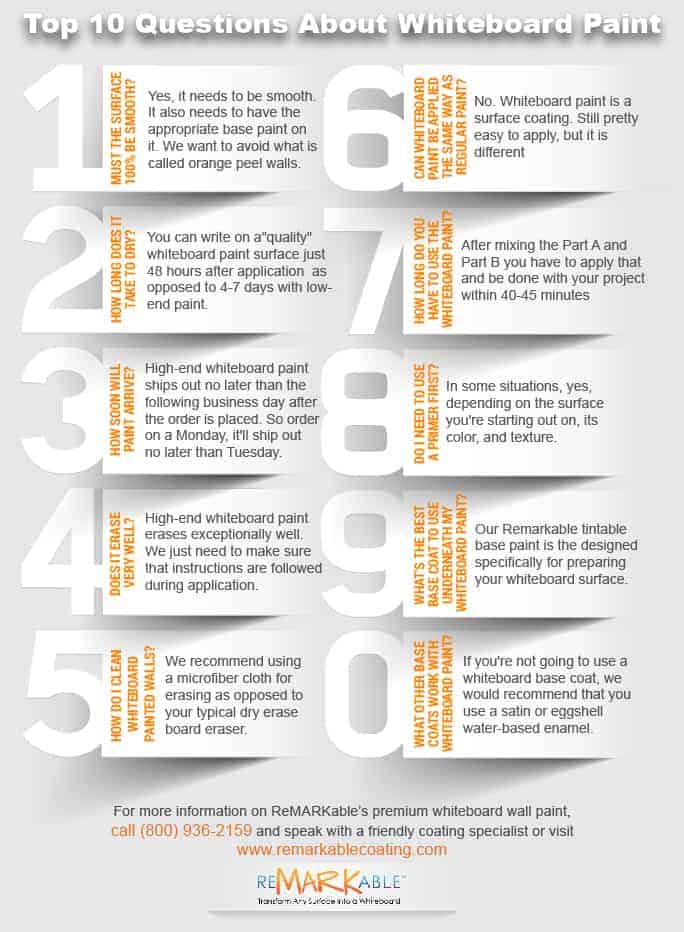

























































































![ReMARKable’s Winter Sale is Here! [25% Off + Free Shipping]](https://www.remarkablecoating.com/wp-content/uploads/2018/01/Red-Tag-Winter-Fashion-Facebook-Post-1-440x264.png)















![Drive Your Organization Into Openness and Watch it Expand [20% Off Whiteboard Paint]](https://www.remarkablecoating.com/wp-content/uploads/2016/04/Drive-Your-Organization-Into-Openness-and-Watch-It-Expand.-1-440x264.jpg)

![30% Off St Patrick’s Day Sale! [Details Inside]](https://www.remarkablecoating.com/wp-content/uploads/2016/03/Glorious-1-440x264.png)


![Giant Leaps Forward Require Big Spaces. [Leap Year Sale Event!]](https://www.remarkablecoating.com/wp-content/uploads/2016/02/Giant-Leaps-ForwardRequire-Big-Spaces-440x264.jpg)

















![ReMARKable Summer Sale 2018 [28% Off Whiteboard Paint]](https://www.remarkablecoating.com/wp-content/uploads/2018/06/Blue-Simple-Line-Beach-Facebook-Post-1-440x264.png)







































































































































































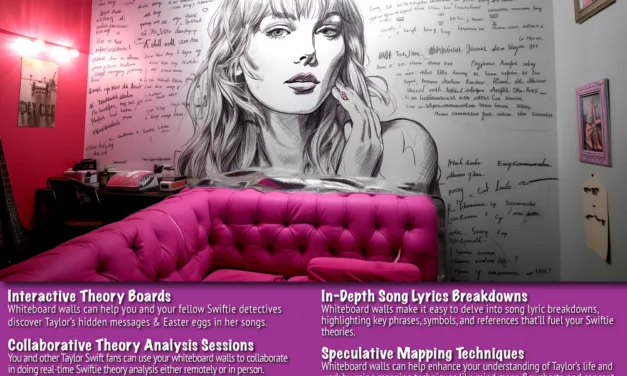


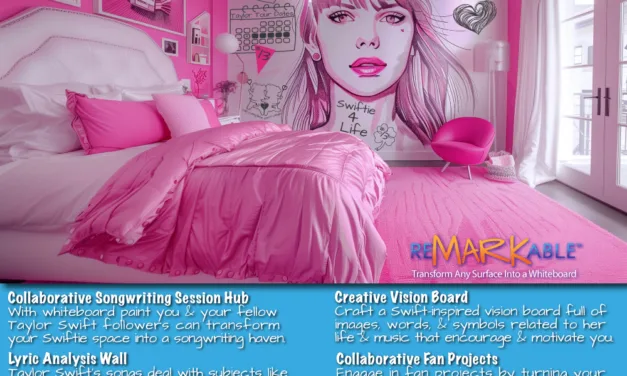
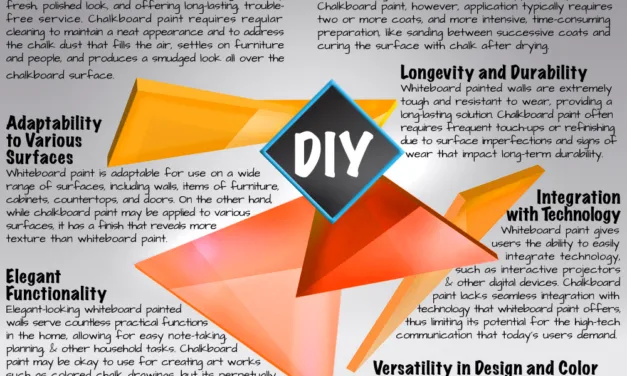
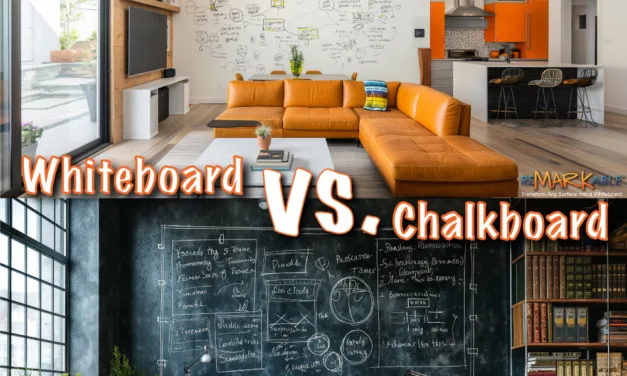







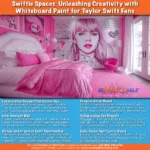
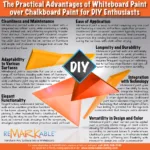
0 Comments